At the final day of the Women’s Super League (WSL) season on Saturday, I spoke on a panel at Chelsea where we touched on just how important players are, not only to the game itself, but to the growth, visibility, and connection driving women’s sport forward. It’s a theme that’s being talked about more and more: the centrality of the female athlete. Across the industry, there’s growing recognition that it’s their personalities, stories, and authenticity driving deeper fan engagement. And more and more, organisations are looking at how they can harness that – how they can use athletes to build reach, relevance, and return.
In a landscape where visibility, authenticity, and connection are driving growth, players aren’t just part of the story – they’re leading it. But leadership shouldn’t mean carrying the load alone. If we want to build something lasting, we have to invest intentionally in the systems that support this unique player-fan connection.
Building a women’s sport audience
Over the past few years, we’ve seen an undeniable shift in how women’s sport builds an audience. Digital platforms, particularly TikTok, are fuelling a new kind of engagement. In our last visibility report, we showed that Chelsea Women’s 167 million TikTok views in their first year outpaced 14 Premier League clubs1. That’s not just reach; that’s resonance. Fans aren’t just watching highlights – they’re showing up daily to feel connected, inspired, and included. Across women’s sport, athletes are driving that connection with honesty, humour, and a level of openness that’s rare in elite sport.
WST’s latest commercial report also found that 86% of brand decision-makers said their investment in women’s sport met or exceeded ROI expectations, but the metrics they valued most weren’t just reach. They cited brand trust, emotional connection, and alignment with social values as key drivers of success.2
But this rise in visibility doesn’t come for free. In our conversations with clubs and content teams, resource disparity remains one of the biggest challenges. It’s tempting to look at high-performing examples and assume the growth is organic. But Chelsea’s milestone was backed by the club investing in a full-time content team of four, matching their men’s side in digital resource. 1 That commitment made it possible to publish three times the volume of content most clubs manage. Without that infrastructure, there’s a risk that athletes, whose core job is performance, are expected to become marketers, media brands, and role models all at once, without the support to do so safely or sustainably.
The next phase of growth and unlocking potential
This moment matters because we’re at a tipping point. With rights-cleared content on the horizon for players in the WSL3 and growing sponsor interest2, the next phase of growth is being shaped now. And it’s clear that one of the strongest engines for that growth is player-led storytelling. But if we want to unlock its full potential, clubs, leagues, and brands need to look beyond highlight reels and toward long-term infrastructure: content teams, marketing spend, training, mental health support, and above all, giving athletes agency over how and when they show up.
Imagine a world where every athlete has the tools and trust to share their story on their terms. Where clubs see content not as an output but as a form of community-building, and where brands invest not just in exposure, but in meaningful, co-created engagement. That’s where the next level of women’s sport lives. It’s inclusive, it’s values-led, and it’s sustainable – but only if we back it properly.
We often talk about women’s sport being built differently – with purpose, with connection, with integrity. That’s something to celebrate. But it’s also something to protect. The athletes have shown us the power of visibility. Now it’s our turn to build the structures that make that visibility viable, and valuable, for the long haul.
References:
1 WST Visibility Report Feb 2025; 2 WST Report – The Buck Stops Here; 3 WPPL The FA News 30.10.24
